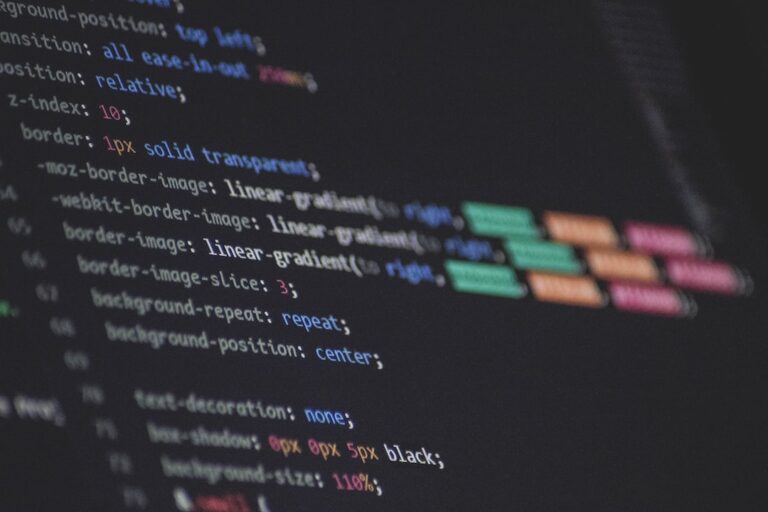Java, a stalwart in the world of programming languages, offers a plethora of access modifiers to ensure the sanctity of data. Among them, the private modifier stands out as a cornerstone of encapsulation. By restricting access, it ensures that data remains shielded from unintended modifications, thereby upholding the integrity of the code.
Why Encapsulation Matters
Enhancing Data Security
In the realm of software development, data security is paramount. Encapsulation, facilitated by the private modifier, acts as a protective shield, preventing external entities from accessing or altering data. This ensures that only designated methods within the class can interact with the data, maintaining its integrity.
Streamlining Code Maintenance
Encapsulation simplifies the process of code maintenance. By confining data access to specific methods, developers can easily identify and rectify issues without sifting through a maze of interwoven code. This structured approach leads to cleaner, more efficient code that's easier to manage and debug.
Promoting Modular Design
A well-encapsulated code promotes modular design, enabling developers to build scalable and flexible systems. With each module acting independently, developers can make modifications without affecting the overall system, ensuring seamless integration and functionality.
Delving Deeper: The Role of the Private Modifier
The Essence of Private
The private modifier in Java restricts the visibility of a class, constructor, variable, method, or data member. This means that any private data member or method is inaccessible from outside its parent class. Such a level of restriction ensures that the internal workings of a class remain concealed, promoting a black-box approach to development.
Benefits of Using Private Modifiers
- Data Integrity: By restricting access, the
privatemodifier ensures that data remains unaltered, upholding its integrity. - Flexibility: Developers can make changes to private methods or data members without affecting classes that use them, ensuring flexibility in design and implementation.
- Enhanced Debugging: With restricted access, pinpointing errors becomes more straightforward, streamlining the debugging process.
Practical Implementation: A Deep Dive
Consider a class BankAccount. To ensure the security of the account balance, it's imperative to restrict its direct access. Here's how the private modifier can be employed:
public class BankAccount {
private double balance;
public BankAccount(double initialBalance) {
this.balance = initialBalance;
}
public void deposit(double amount) {
balance += amount;
}
public void withdraw(double amount) {
if (amount <= balance) {
balance -= amount;
} else {
System.out.println("Insufficient funds");
}
}
public double getBalance() {
return balance;
}
}In the above example, the balance variable is declared as private, ensuring that it can't be accessed or modified directly from outside the BankAccount class.
The Nuances of Private Modifiers in Java
Private Modifiers and Inheritance
When discussing the private modifier, it's essential to understand its behavior in the context of inheritance. In Java, a subclass cannot inherit the private members of its parent class. However, if the superclass has public or protected methods that access these private members, they can be accessed by the subclass through these methods.
Consider the following example:
class Parent {
private int secret = 42;
public int revealSecret() {
return secret;
}
}
class Child extends Parent {
public void displaySecret() {
System.out.println("The secret is: " + revealSecret());
}
}In this scenario, the Child class cannot directly access the secret variable from the Parent class. However, it can use the revealSecret() method to retrieve its value.
Private Modifiers and Constructors
It's worth noting that constructors in Java can also be marked as private. This is a common practice in design patterns like Singleton, where the objective is to restrict the instantiation of a class to one single instance.
public class Singleton {
private static final Singleton instance = new Singleton();
private Singleton() {
// private constructor
}
public static Singleton getInstance() {
return instance;
}
}By making the constructor private, the Singleton class ensures that no other class can instantiate it. The only way to get an instance of the Singleton class is through the getInstance() method.
The Interplay Between Private Modifiers and Nested Classes
Java allows classes to be defined within other classes, known as nested classes. An intriguing aspect of this feature is that a nested class can access all the members (including private members) of its enclosing class.
public class OuterClass {
private int privateVar = 10;
class NestedClass {
public void display() {
System.out.println("Private variable from outer class: " + privateVar);
}
}
}In the above example, NestedClass can directly access the private variable privateVar of its enclosing class OuterClass.
The Broader Perspective: Why Private Modifiers Are Essential
Upholding the Principle of Least Privilege
The principle of least privilege advocates that code should only have the permissions it needs to function and nothing more. The private modifier in Java embodies this principle by ensuring that members have the least visibility necessary, thereby reducing potential vulnerabilities.
Facilitating Effective Communication
By marking members as private, developers signal to others that these members are for internal use only. This clear demarcation aids in understanding the intended usage of the class, fostering effective communication among developers.
Ensuring Future-Proof Code
Private members provide a buffer against changes. Since they are not accessible outside their class, developers can modify them without fear of inadvertently affecting other parts of the codebase. This ensures that the code remains adaptable and future-proof.
Conclusion: The Indispensable Nature of Private Modifiers
Java's private modifier isn't just a tool; it's an embodiment of the principles of encapsulation. By ensuring data security, streamlining code maintenance, and promoting modular design, it plays a pivotal role in crafting robust, efficient, and scalable Java applications. As developers, recognizing and harnessing its power can pave the way for software that stands the test of time.


